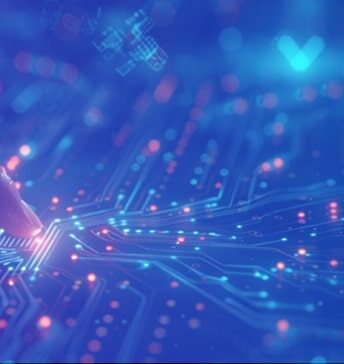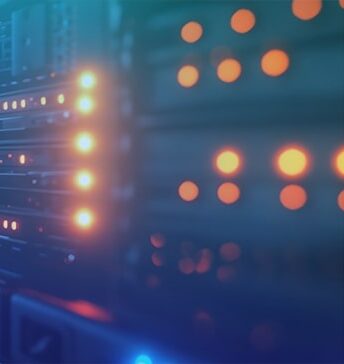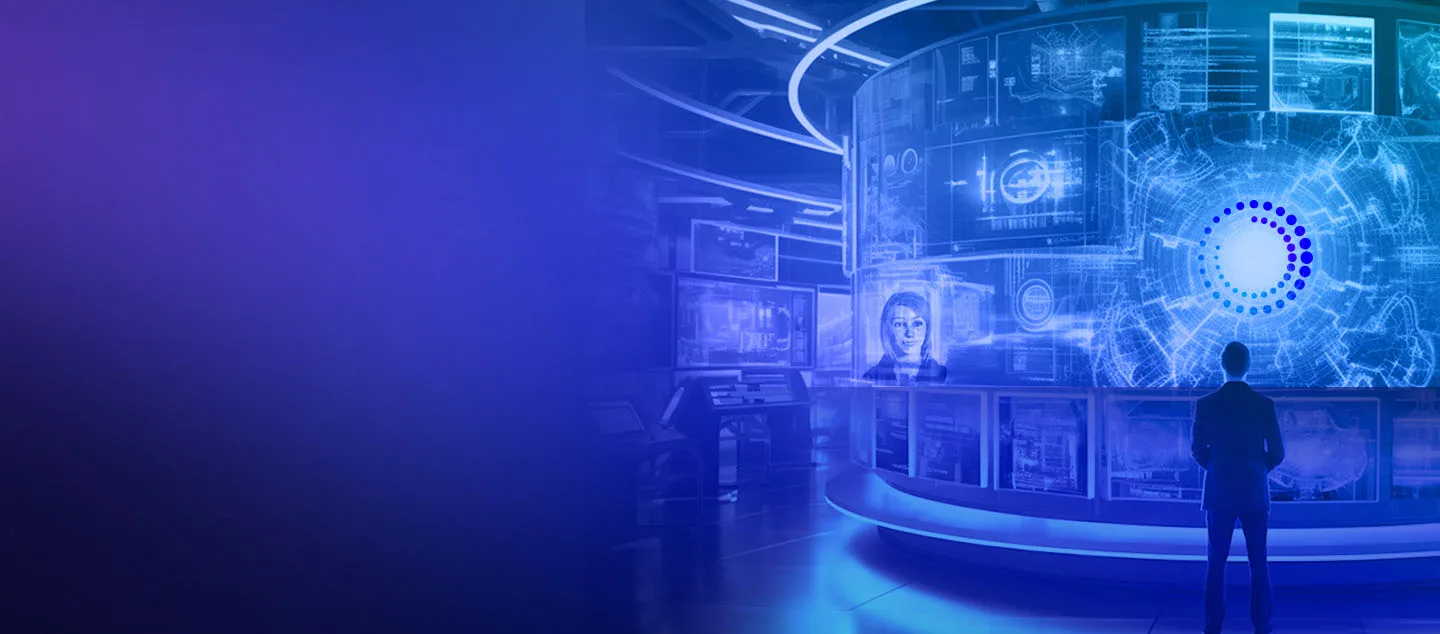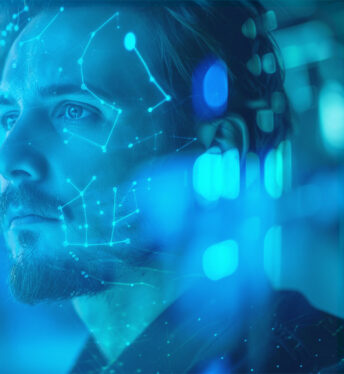The growth of connected devices, public cloud usage and remote working means businesses face an unprecedented cybersecurity threat.
The good news is that while new technologies can increase the risk businesses face, they can also be used to defend against bad actors.
Perhaps the best example of this is AI. New solutions in this space are, for instance, beginning to learn the role of security analysts and determine whether an event is a genuine cyberattack or a false positive.
As these solutions advance, they could remove the risk of human error and speed up decision making, with faster responses ensuring attacks are dealt with before they can cause significant harm.
This example is just one of the ways in which AI can transform cybersecurity. Other uses of AI within cybersecurity include:
- Threat detection: AI algorithms can analyze large amounts of data from various sources, such as network logs and security alerts, and identify anomalies that might indicate a cyber attack. This can greatly enhance the speed and accuracy of threat detection compared to traditional methods.
- Vulnerability assessment: AI-powered tools can scan an organization’s network and systems for vulnerabilities, before prioritizing the most critical of these for remediation. This can help organizations stay ahead of potential security breaches.
- Malware analysis: AI algorithms can be trained to recognize patterns in malware behavior and classify it as benign or malicious, enabling faster and more accurate identification of new and unknown threats.
- Fraud detection: AI can help identify and prevent fraud by analyzing large amounts of data and detecting anomalies that might indicate criminal activity. This can be applied to financial transactions, identity theft, and phishing attempts, among other forms of cybercrime.
- Password strengthening: AI-powered tools can also help strengthen passwords and encryption by suggesting stronger passwords and detecting and alerting users to weak passwords.
AI – the threat and the opportunity
Unfortunately, AI also has the scope to be used by bad actors – it could, for instance, be used to produce malware code, to crack passwords or generate a realistic phishing email.
To address these challenges, organizations are turning to AI-powered cybersecurity solutions that can proactively detect and prevent cyberattacks, while also reducing the workload of security teams. These solutions use machine learning algorithms to identify anomalies in network traffic and system behavior, and to quickly respond to potential threats. Additionally, organizations can use AI to analyze large amounts of security data and identify patterns that suggest an attack is underway, as well as to automate tasks such as software updates and intrusion detection.
Meanwhile, we are exploring how Sophie, our artificial intelligence chatbot, can become a cybersecurity guardian for businesses.
With AI enabling both new security solutions and the creation of new threats, being prepared to innovate in this way will be crucial.
A more secure future is possible but it will require companies being vigilant and making use of the best of AI to defend themselves, while focusing on staff training and proactive and reactive efforts to secure their systems.



















